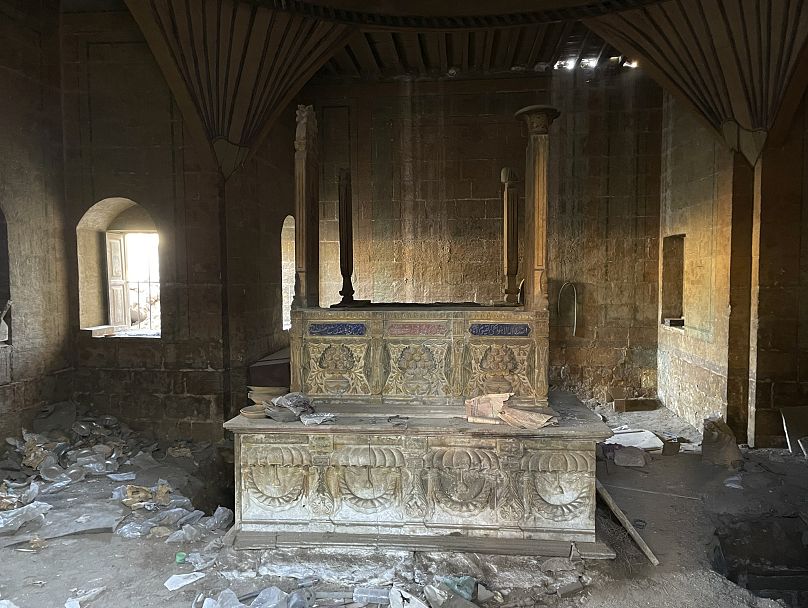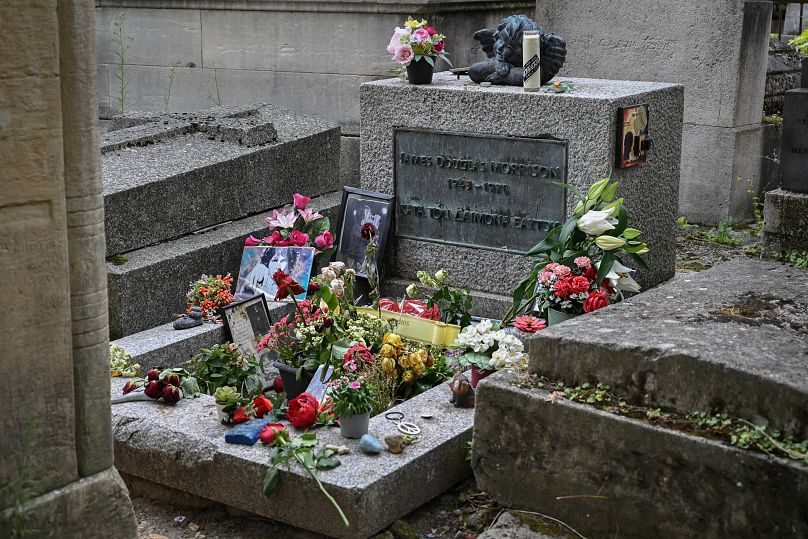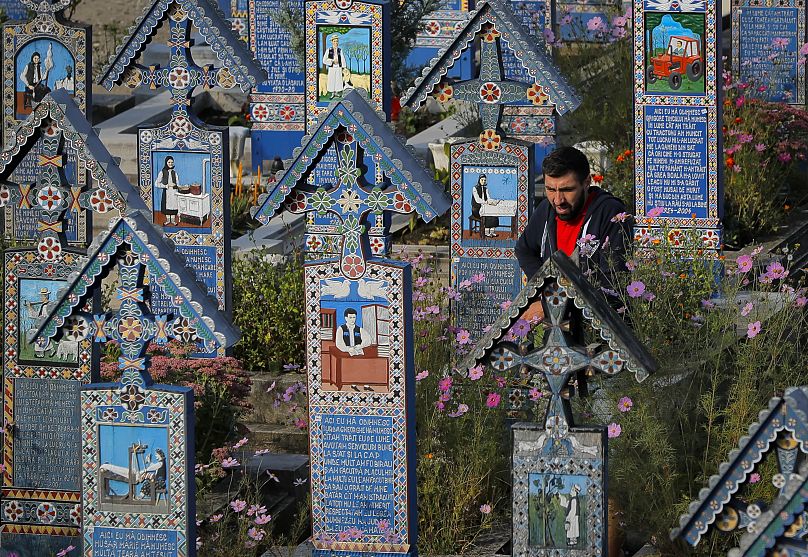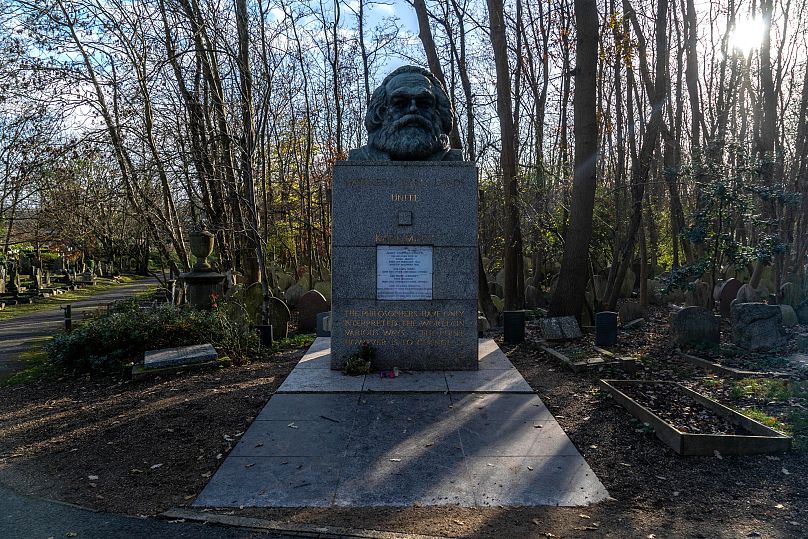Major Islamic figures, prominent Egyptian politicians, artists and scholars are buried in the cemetery.
Cairo’s City of the Dead, a vast cemetery that has been in use for more than a millennium, is being destroyed to clear space for new highways.
Authorities have already razed hundreds of tombs and mausoleums as they carry out plans to build a network of multi-lane roads in the areas.
The move has sparked outrage among conservationists who say the construction is destroying a unique part of Egypt’s heritage.
Major Islamic figures, prominent Egyptian politicians, artists and scholars are buried in the cemetery.
“It’s always felt like a very sacred space. We always thought that whatever happens in the rest of Cairo, the City of the Dead would be safe,” says Hussein Omar, a historian who is writing a 500-year history of Cairo as told through the necropolis. "As we see now, that’s not the case.”
The work is part of a mega-building campaign by President Abdel Fattah el-Sisi that is reshaping the city of some 20 million people.
His government has built massive freeways and flyovers at a furious rate, tearing down several older neighbourhoods it considers slums in the process.
It has encouraged the growth of gated suburban compounds outside the city while building a giant new administrative capital in the desert.
Though many in Cairo support the roadwork to unclog congestion in the overcrowded city, the cemetery destruction has sparked an outcry that is unusual in a country where dissent has been quelled for years under el-Sisi.
Dozens of activists, public figures and non-governmental organisations signed a petition in August condemning the destruction.
Recommendations refused
Five members of a committee of experts formed by the government to study the cemeteries resigned in protest, saying authorities ignored its recommendations that demolitions be halted and alternatives to the routes be found.
The government’s project is destroying a “unique, architectural, historic fabric,” Ayman Wanas, an official with the government department that lists distinctive buildings, wrote in his resignation letter posted online. “It’s a waste of Egypt’s historic, valuable heritage which is irreplaceable.”
Possibly in response, authorities last week temporarily halted the demolition of tombs in the main part of the cemetery. However, there was no official announcement of the interruption and no word that the highway plans had been changed.
The City of the Dead, covering nearly five square kilometres, has been a unique space in Cairo for centuries. Originally a desert plain outside the city, it first came into use soon after the Muslim conquest of Egypt in the 700s.
Imam Shafii, one of the top scholars of early Islam, was buried there in 819, and now the grey dome of his mausoleum-shrine towers over the district.
Over the centuries, the graveyard has been filled with the tombs of Mamluk and Ottoman nobles and ordinary Egyptians.
A rare large open space in Cairo, it has a stark beauty. Quiet dirt paths run through a landscape of grave markers, ancient domes and unexpected areas of greenery. Stately mausoleum compounds hold elaborately carved and decorated cenotaphs inside.
What are the world’s most famous cemeteries?
Several cemeteries around the world have surpassed their function as burial sites to become tourist attractions and places of famed beauty.
The world’s most visited cemetery is Père Lachaise in Paris. It receives more than 3.5 million visitors each year, which is roughly equivalent to the annual number of people that visit the Empire State Building.
Amongst the gothic, moss-covered tombs are the graves of famous historical figures like Jim Morrison, Frederic Chopin, Isadora Duncan, Marcel Proust, and Italian painter Amedeo Modigliani.
Oscar Wilde’s tomb, featuring an Egyptian-style winged angel, is still covered in the lipstick kisses of admirers despite glass barriers erected around it for protection.
The Merry Cemetery
In Romania, the cemetery in the town of Sapanta has become famous for its ‘merry’ tombstones.
The burial site features over 1,000 intricately carved and brightly painted wooden grave markers rich with black humour poems and naive illustrations.
Highgate cemetery
Highgate Cemetery in north London is home to the tomb of German sociologist and political theorist Karl Marx and many other impressive or unusual monuments.
Between the winding paths overgrown with vegetation, there’s a piano grave marker for pianist Harry Thornton and a copy of the Mausoleum of Halicarnassus, one of the original Seven Wonders of the World, for newspaper baron Julius Beer.















